-
Welcome to Tacoma World!
You are currently viewing as a guest! To get full-access, you need to register for a FREE account.
As a registered member, you’ll be able to:- Participate in all Tacoma discussion topics
- Communicate privately with other Tacoma owners from around the world
- Post your own photos in our Members Gallery
- Access all special features of the site
Tire Pressures
Discussion in 'Wheels & Tires' started by Danny Taco, Jan 25, 2020.


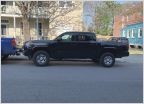 Black Wheel Recommendations?
Black Wheel Recommendations?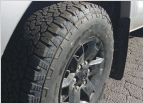 Help me choose a new AT/Highway Tire
Help me choose a new AT/Highway Tire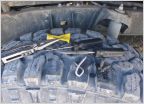 Poked a hole in my new Duratrac! Right thru the rubber lug! (plugged FTW)
Poked a hole in my new Duratrac! Right thru the rubber lug! (plugged FTW)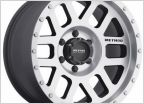 Method "Mesh" help?
Method "Mesh" help?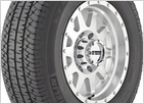 What tires are great?
What tires are great?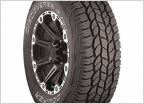 Cooper AT/3s on 2013 TRD Sport DCSB
Cooper AT/3s on 2013 TRD Sport DCSB














































































